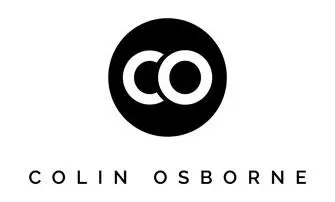
Image SEO Best Practices to Make Your Content More Discoverable
Images are an essential part of any blog post or article. They break up the text, add visual interest, and can even help explain concepts that are difficult to put into words. But did you know that images can also help your content rank higher in search engine results pages (SERPs)? It's true! Optimizing your images for search engines can help your articles and blog posts attract more traffic. Did you know that almost 50% of all internet searches are image-based?
Furthermore, everyday people conduct more than three billion searches on Google alone. With numbers like these, it’s no wonder that image optimization has become such an important part of marketing online content. By optimizing their images, website owners and content creators can make their content more discoverable online, which can lead to increased traffic and engagement.
What is Image Optimization and How Can You Do it?
Image optimization is the process of delivering images that are smaller in size while still maintaining quality. The benefits of smaller image file sizes are twofold; first, smaller images take less time to load, which can improve user experience and decrease bounce rates. Second, search engines like Google place a higher value on websites that load quickly, which can improve your website’s search ranking.
Use descriptive file names. When you save your images, be sure to use descriptive file names that include key phrases related to your topic. For example, if you're writing a blog post about "5 easy ways to improve your website's SEO," you might save your images with file names like "5-easy-ways-to-improve-websites-seo.jpg" or " improve-website-seo-tips.png."
Include keywords in your alt text. Whenever you upload an image to your website, be sure to include alt text—a short description of the image that includes relevant keywords. Not only is this good for SEO, but it's also important for accessibility; people who are blind or have low vision will often use screen reader software to browse the web, and these software programs make use of alt text to describe images for users.
Choose the right file format. Different types of images are best suited for different purposes. For example, JPEGs are great for photos because they have a small file size and support millions of colors. PNGs, on the other hand, are ideal for screenshots and other types of images with fewer colors because they offer lossless compression (meaning there is no degradation in quality when the file is compressed). Knowing which file format to use will help you ensure that your images look their best while also loading quickly on your website.
Optimize images by using “lossy” or “lossless” compression. Lossy compression reduces file size by slightly reducing image quality, while lossless compression reduces file size without any reduction in quality. In general, lossy compression is best for JPEGs and lossless compression is best for PNGs and GIFs.
You can also optimize images by reducing their physical size. This means reducing the width and height of the image without reducing its quality. Many content management systems like WordPress have built-in tools for easily reducing image size.
Conclusion
Image optimization is an important part of making your content more discoverable online. By optimizing their images, website owners and content creators can make their content more discoverable online, which can lead to increased traffic and engagement. Image optimization is the process of delivering images that are smaller in size while still maintaining quality. There are a few different ways to optimize images for both speed and quality, including choosing the right file format, compressing files appropriately, and reducing physical image size.

